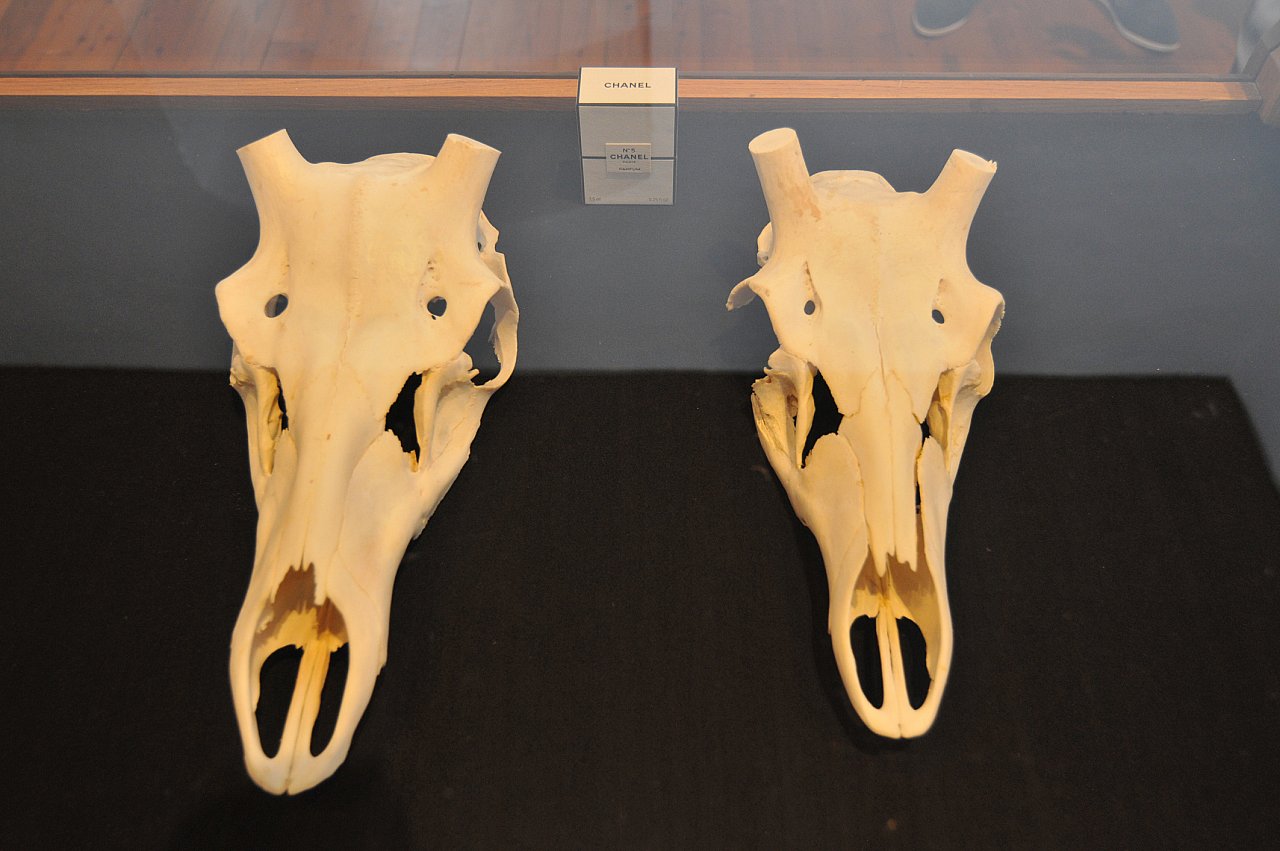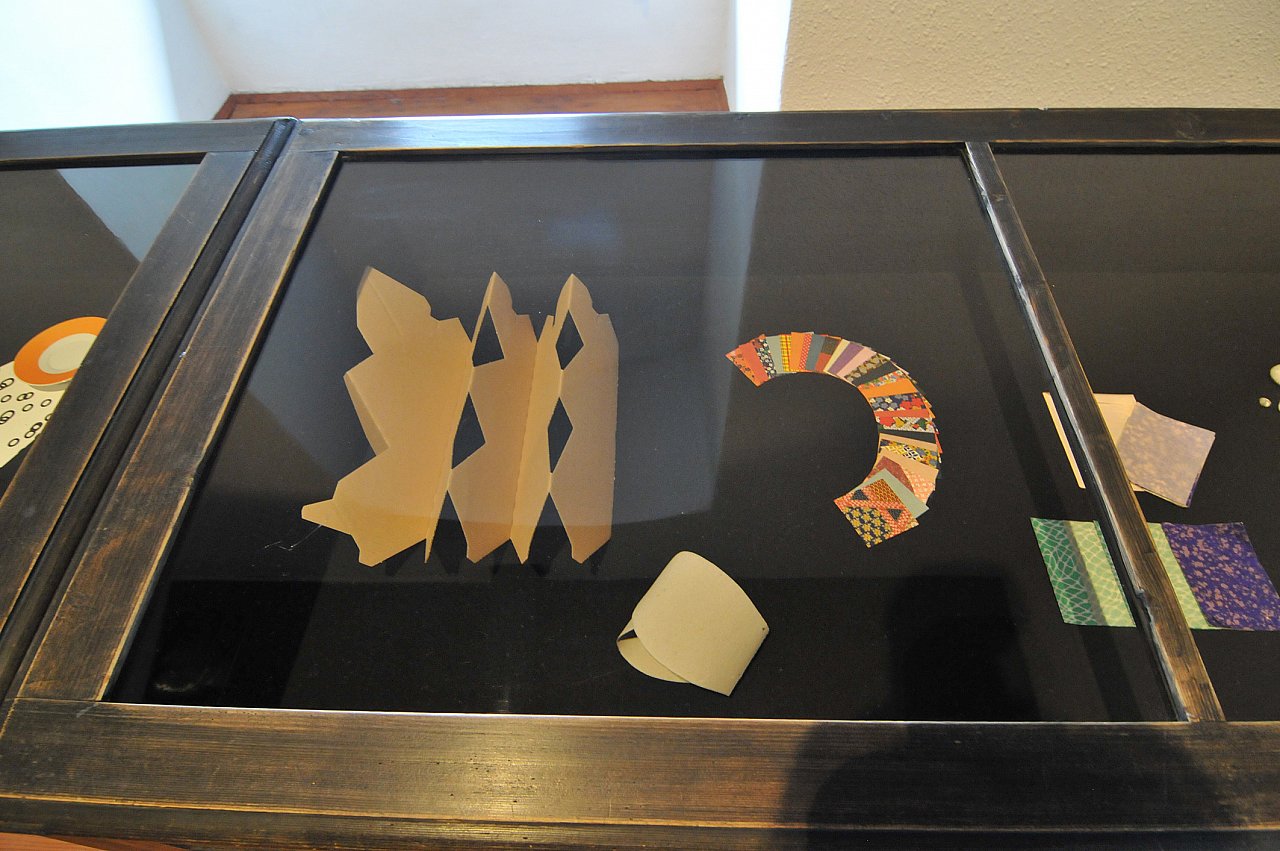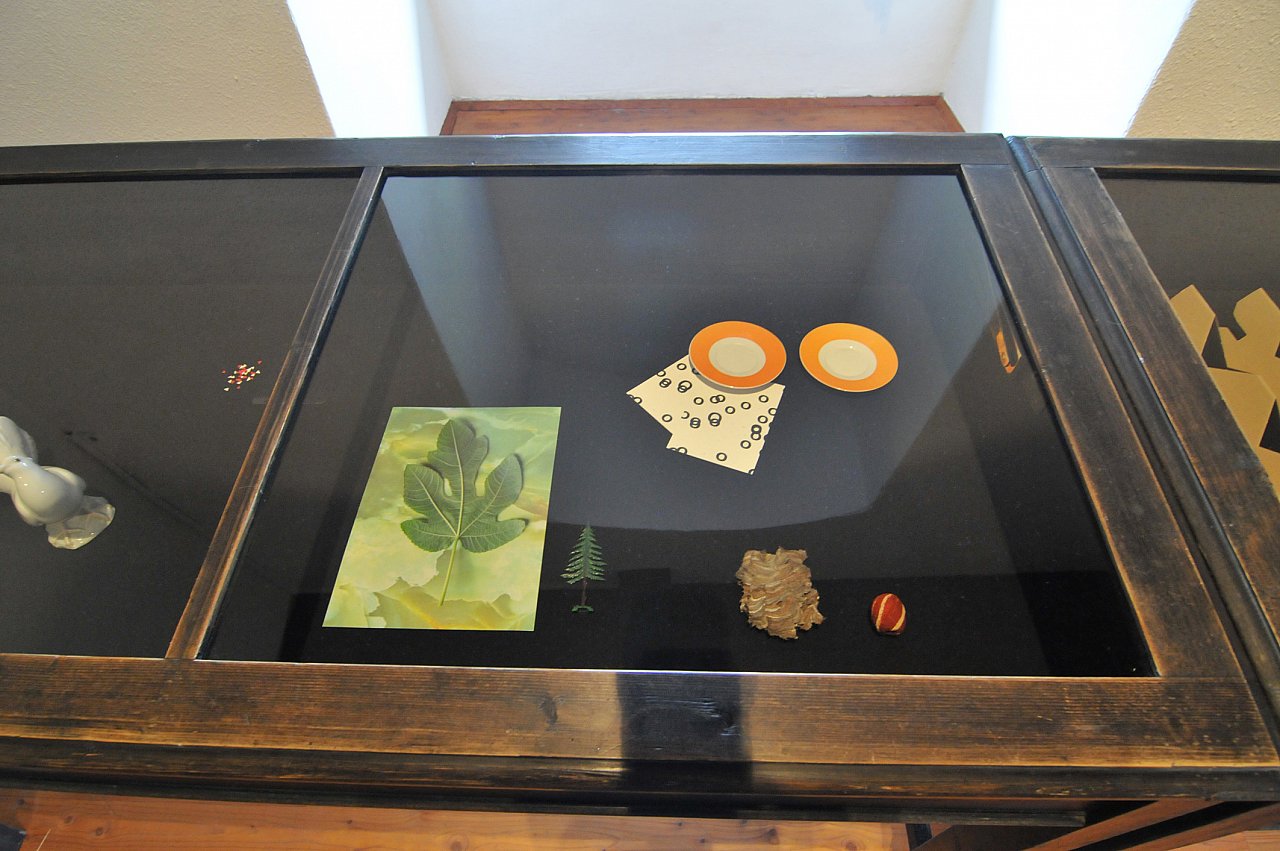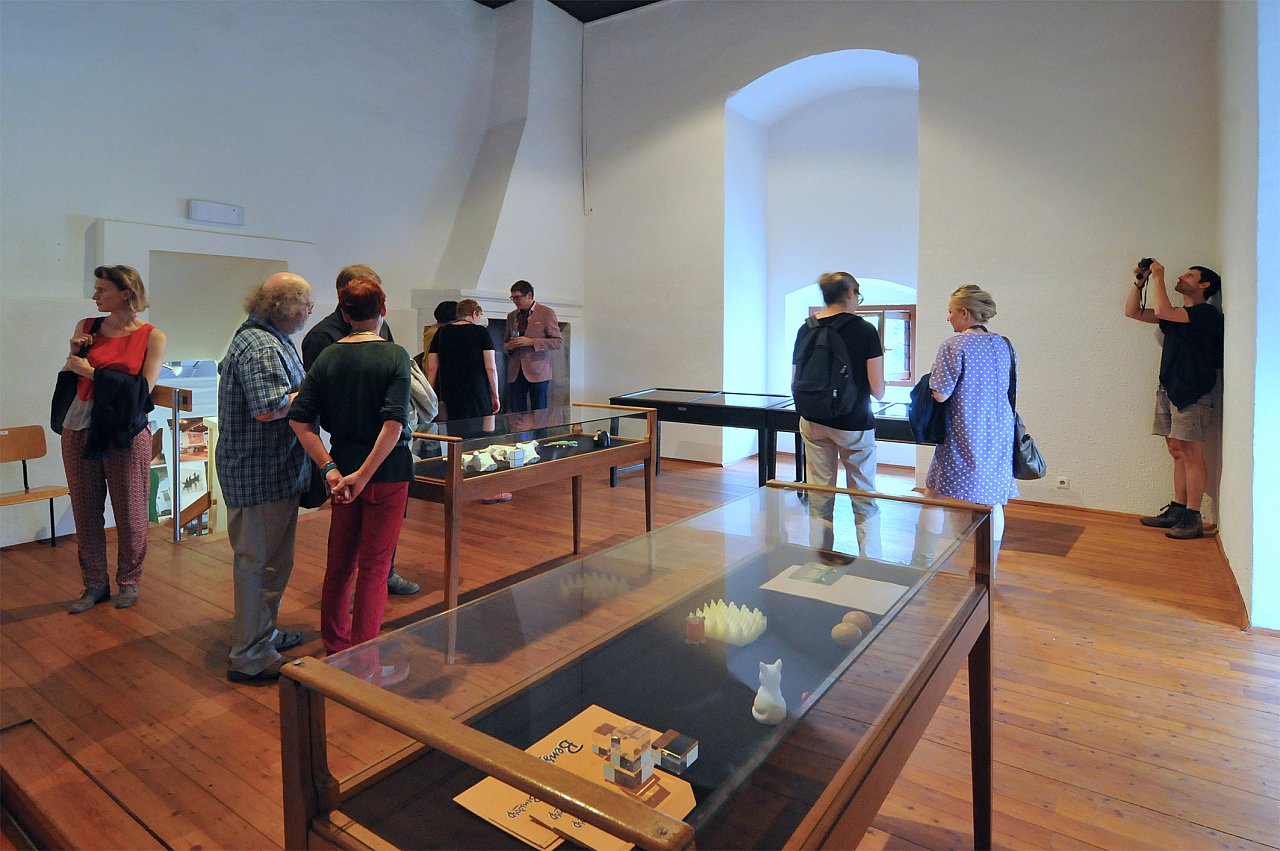Wunderkammer
Ingeborg Strobl
Ingeborg Strobl
Exhibition Series
Alltagskultur und Gegenwartskunst im museumORTH
curated by Hilde Fuchs
2017 July 3 to November 1
The self-chosen title of Ingeborg Strobl’s (1949–2017) exhibition Wunderkammer (Cabinet of Curiosities) refers to the predecessors of today’s museums: the cabinets in which curiosities of nature and art were exhibited side by side, without the specialization or segmentation we find today. However, this does not imply a melancholia or nostalgia for a lost unity of history, nature, art, and science, or a longing to bring this back. The artist does not want to idealize history in retrospect. Quite the contrary, in the text she wrote for the exhibition, Strobl points out the complacency of our society, whose greed for profit and consumer goods she criticizes and rejects, and how this complacency is built on the dark and problematic history of colonialism and imperialism. It is a history of the exploitation, oppression, and patronization of strangers, of the Other. It is still ongoing, and its consequences continue to affect us with increasing intensity today.
The awe Strobl inspires with her Wunderkammer may have to do with the original historic admiration of extraordinary things, and yet she has found the extraordinary where we usually do not expect it. A profanation and reversal of a feudal and sacral aura takes place in her art. The marvelous things do not derive from the supernatural world, but from everyday life, with all the wonder and astonishment it has to offer. This demands an eye for that which is ordinary and unassuming – something that cannot be found in the objects alone, but in the stories Strobl tells through them, or the stories buried deep within them as a result of their background and original role.
These things are often objects relating to nature and refer to human projections on the natural and animal world, like kitschy porcelain figurines that depict an all-too-human world of nature through which society has created a mirror image of itself. We can also detect a special sensibility for paper, textiles, and other rather fragile materials in her work. As a London-trained ceramic artist and a profound cineaste, Strobl liked to transgress the limits of so-called visual art in a playful manner. The still lifes in her Wunderkammer are thus eloquent examples of her broad notion of art.
Strobl may have seen the world as a Wunderkammer, but it is not one of pure beauty and goodness; it is also one of suffering and disaster. As she writes in her text, we can only escape this suffering and disaster within certain niches. Ultimately, wit and humor therefore become decisive facets and live ammunition to be used in the fight against superficial moralization and didactic ossification. (Text: Rainer Fuchs, Translation: Michelle Miles)





